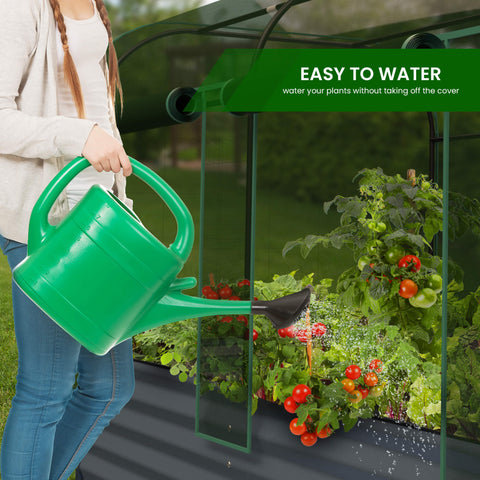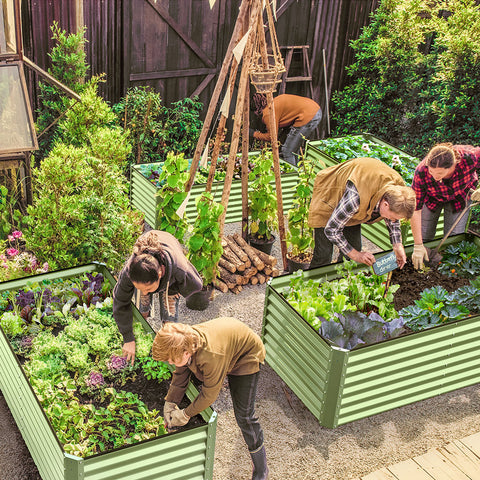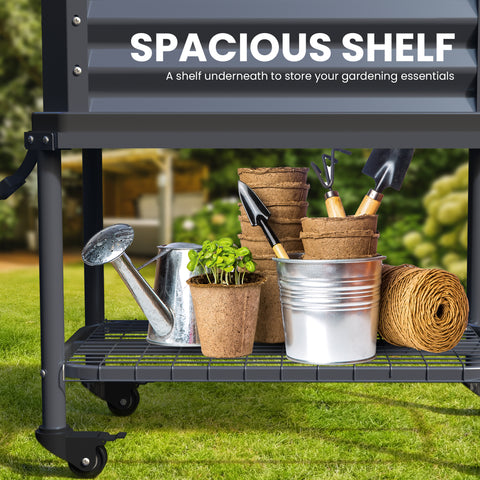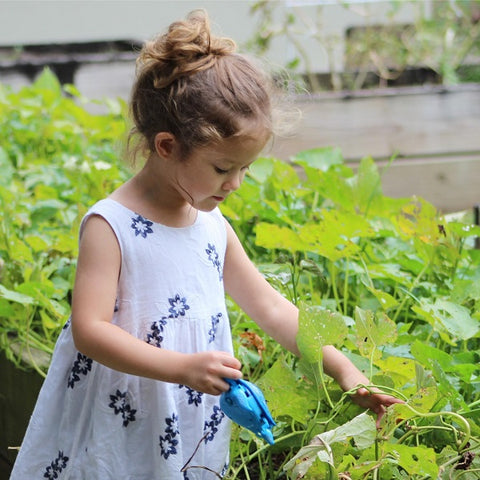Building a raised garden bed is a practical option to increase size and growing area for ornamental or vegetable gardening purposes. Many times, building a raised garden bed is a convenient, low-cost idea, when space for a full garden is a problem, bending over to care for an ordinary garden is difficult, or has a very short growing season. In order to control garden area and maintain garden soil quality more effectively, choosing to build a raised garden bed is also a good option.The following content also has some reference value for raised garden beds.

An easy way to build a raised garden bed is to choose a border or container material that can hold the weight of a raised garden wall. When building a raised garden bed, materials such as cement blocks, untreated railroad ties, recycled bricks and even old tires can be found at any home and garden supply store. In general, when building a raised garden bed, it is a good idea to use materials that blend in with the natural environment and can withstand changes in temperature and weather conditions.
Other materials needed when building a raised garden bed include soil, organic fertilizer, weed-resistant lining, wood chips or pine straw to protect and irrigate growing plants. Depending on the size of the garden, or if layers are to be added later, the base material for the raised garden bed should be arranged in a square or rectangle with little space between the blocks or wooden rails. Once in place, a piece of weed-resistant lining and wood chips should be added to the bottom, then at least 24 inches (61 cm) of soil, compost mix, can be spread over it.

Irrigation is the process of bringing water to dry land by artificial means, such as pipes, hoses, or ditches. Irrigated land usually contains crops, grasses, or vegetation and usually does not get enough moisture from rainfall or other natural resources. Sometimes the reason for irrigating a section of land is that it happens to be a dry season with below average rainfall, or doing so may be necessary because the land itself will never get enough water to be fertile. Water used for irrigation may be taken from nearby lakes, reservoirs, rivers, or Wells.
Organic fertilizers are fertilizer compounds that contain one or more organic substances. The ingredients can be animal or plant matter, or a combination of both. Organic fertilizer can be prepared by purchasing commercial brands of organic fertilizer or by building compost at home.
When describing fertilizers, it is important to remember that the working definition of organic is the same as that applied to organic foods. That is, fertilizers are made up of completely naturally occurring elements that do not require any synthetic ingredients or additives.

Many different natural elements can be used to make organic fertilizers. Animal waste is a common ingredient in commercial and domestic concoctions. Rotting produce, bone meal, and decaying plants removed at the end of the season can also be chopped or ground into small particles to be included in the fertilizer. Essentially, anything that comes from nature and is easily broken down is a good candidate for inclusion in a product.
Organic fertilizers can be used to grow vegetables, flowers, and even lush green lawns. As with any type of fertilizer product, organic grass fertilizer is distributed evenly throughout the yard. Usually, the fertilization process begins before the grass seed is sown. Once the soil has been properly tilled and mixed with organic lawn fertilizer, seeds are distributed and the area watered. The presence of natural materials helps the seeds to germinate and take root, eventually forming a beautiful meadow on the lawn.
In the same way, the application of organic fertilizer to the garden can replenish the soil. This is usually done before the next crop is planted. Preparing the soil in advance provides an ideal environment for newly planted seeds or seedlings to take root and germinate and grow quickly.

Even gardens can benefit from the use of organic fertilizers. As with lawns and vegetable gardens, fertilizer is added to the soil before planting. Depending on the climate and the type of flowers in the garden, organic liquid fertilizers can also be recommended when the plants are mature. Organic nitrogen fertilizer also helps in the growing process of flowers and lawns.
Once the raised garden bed is built, plants that grow on this fresh soil can be selected and planted according to the needs of the garden. In general, in a garden where vegetables are grown, it is important to choose healthy plants that are in season as garden beds. Consider the desired result and plant healthy specimens suitable for the desired climate and garden type. If raised garden beds are used for ornamental purposes, choosing plants of different levels and colors each year or with different growing seasons may be a good choice for more interesting and lasting results.








